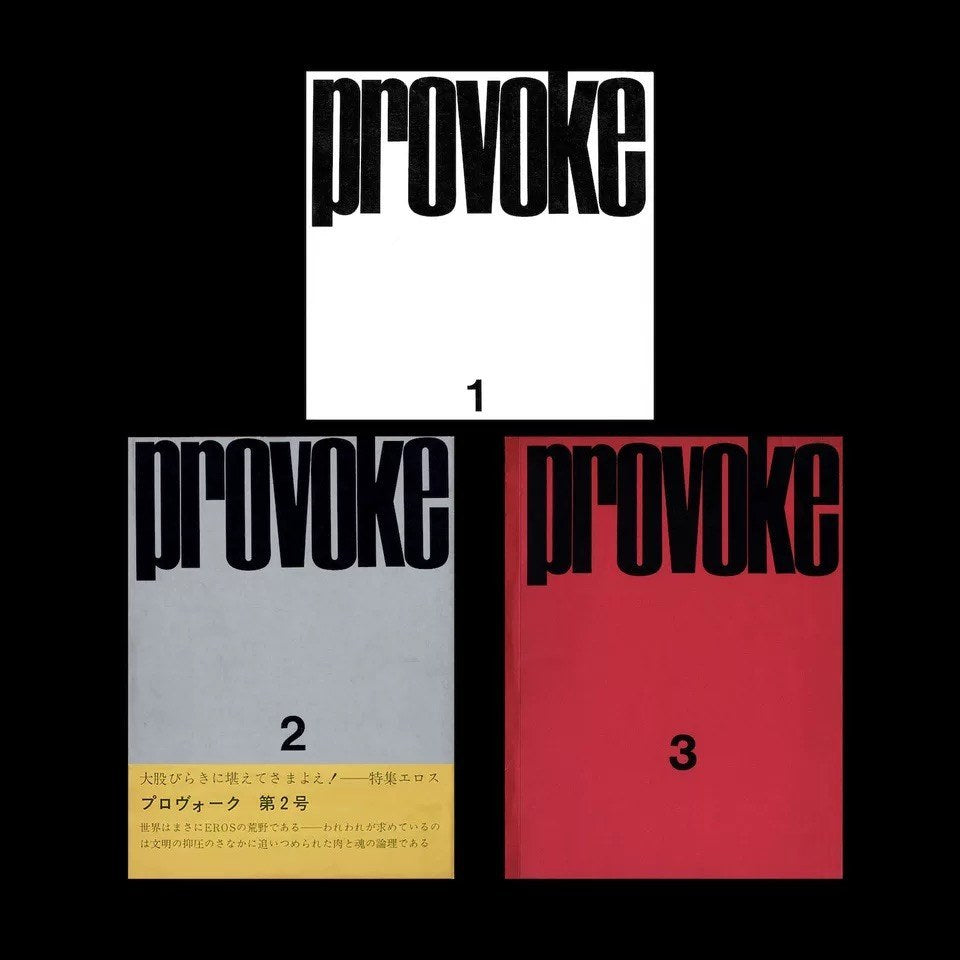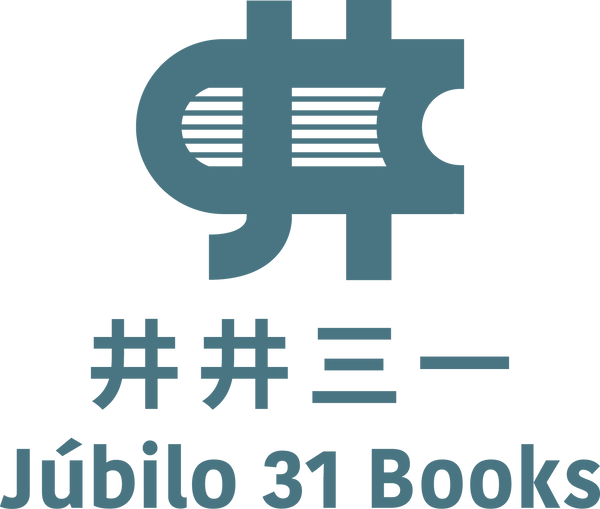Provoke provocative reissue all three volumes
Provoke provocative reissue all three volumes
Couldn't load pickup availability
Widely regarded as a major achievement of photography in the post-war world, "Provoke" magazine was founded in 1968, and today, fifty years later, it is determined to be completely reprinted!
"The image itself is not thought. It can neither be as integral as a concept, nor a replaceable symbol like language. However, this irreversible materiality-the reality captured by the camera-has a great impact on language. In other words, it exists in the internal world, so occasionally triggers the world of language and concepts. At that time, language will surpass the fixed concept itself and become a new language, in other words, transform into a new language. thought of.
Nowadays, language has lost its material basis, and in general it is authenticity, which cannot be realized. What we photographers can do is to use our own eyes to capture fragments of reality that existing language can no longer grasp. , and something must be actively presented to language, to thought, and nothing else. As for PROVOKE, the reason why we have endured so much shame to attach the subtitle "Provocative Materials for Thought" to it is because of this meaning. "—— PROVOKE Phase 1 Preface
In the 1960s, the amendments to the US-Japan security treaty were forcibly passed, the US violently intervened in the Asia-Pacific order, and the treaty of the military agreement was extended to economic cooperation, which indirectly prompted Japan to enter a period of high economic growth. However, with the massive invasion of American consumerism, the asymmetric distribution of power and the drastic changes in the social landscape, large-scale demonstrations and protests by leftist students and trade unions have been attracted.
Writers began to write all kinds of criticism in sharp words, and people began to discuss the aftereffects of economic growth. At the same time, a new generation of photographers in Japan are trying to break through the existing framework of photography, use photography as a critical language, and provoke an image revolution.
Organized by art critic Koji Taki (1928-2011) and photographer Takuma Nakahira (1938-2015), invited poet Okada Takahiko (1939-1997) and photographer Takanashi Toyo (1935-) to join, opened in November 1968 Started publication of photography doujinshi "Provoke (provoke)" every month, photographer Daido Moriyama (1938-) joined as one of the doujin.
The magazine's subtitle "Provocative Materials for Thought" expresses its core attitude. Get rid of the old realism, try to disrupt the photography techniques that have been considered as "recording reality" in the past, and form a new media that breaks the rigidity. They believe that the subjective expression of personal emotions should not be limited under the existing aesthetic framework; it should go beyond it, even a fragment of an image can still trigger thoughts and express ideas. With rough high-contrast particles, out-of-focus, and shaking photography techniques, he explores various possibilities of photography, expresses his voice with fierce and high-pitched means, and expresses his criticism of society through dialogue and photography.
"Provoke" only released three issues, and finally announced its disbandment after the collection "まずたしからしさの世界をすてろ (Let's discard the correct world first)" was published in March 1970. However, the importance of the magazine has continued to expand, and later literature has even used the term "provocative generation" to discuss the rebels of these exciting times: the image revolution in which countless photographers participated, and the darkly disordered society through its own language Inspire change.
Today, fifty years later, we are still searching for the meaning of photography, and looking back at "Provoke", we can find that these images span time, society and culture. From it, we can still search for ideas, about rebellion, and even a radical attitude towards pursuing the progress of an era, and its basic ideas have never been out of date. The avant-garde works subverting traditional thinking perfectly condensed the social atmosphere of the late 1960s, profoundly impacted the existing photography format and structure, and had an absolute impact on Japanese photography in the 1970s and 1980s, and even greatly changed Japan in the future. of photography. To this day, you can still feel that "Provoke" has made a strong comment on the art trends and social trends in modern Japan, and it blooms a perfect spark at the key historical moment that is approaching collapse and regeneration.
Today, the original three volumes of "Provoke" have become extremely difficult to get a treasure, and few people can find out the real thing, but the discussion is increasing because of the increasingly rare. In 2016, "Provoke: Between Protest and Performance Photography in Japan, 1960-1975", a large-scale exhibition on the history of photography in Japan, kicked off in Austria and traveled to Switzerland, France, and the United States. This exhibition takes "Provoke" as an entry point, and once again explores how Japan's "Provoke" and its surrounding trends were at the peak of social change in the world in the late 1960s, through photography. The state of objection to image representation or representation of visual nature is explored.
"Provoke", which was reprinted in 2018, is published by the Japanese second-hand bookstore "Second-handed House" as a commemorative edition for the 50th anniversary of its publication. Not only will it be faithful to the original edition, it will be reproduced in three volumes, with a total of 287 pages, and a newly-made appendix will be added. Translate the essays in the magazine into English and Traditional Chinese.


